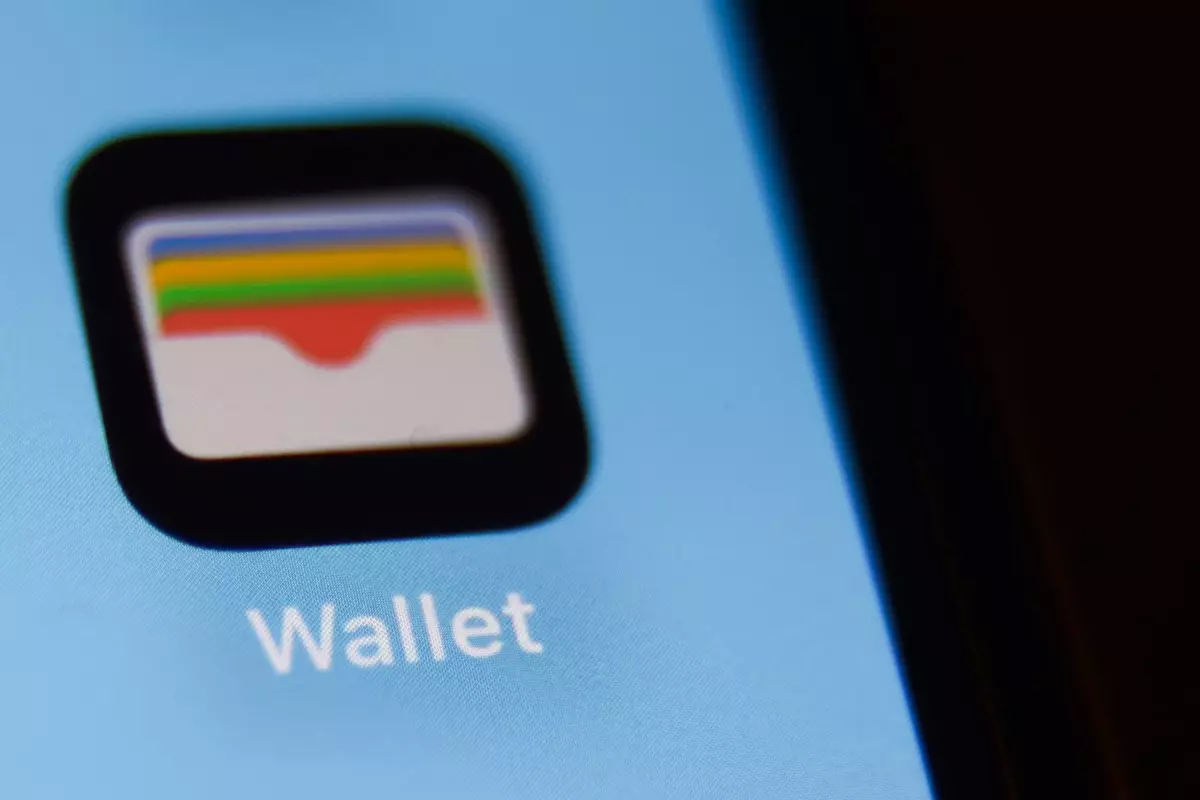With the advancement of technology, California is paving the way for digital identification by integrating driver’s licenses and state IDs into mobile applications, specifically the Apple Wallet. Announced by the state government, this initiative is an extension of the recently launched capability to store IDs in Google Wallet. This shift marks a significant evolution in how residents interact with identification, marrying convenience with technological sophistication. It builds on a growing trend seen across several states, encouraging a movement towards digitization of vital identity documents.
For Californians eager to switch to digital IDs, the process is straightforward. Individuals can upload their ID through the Apple Wallet app by selecting the “+” button and opting for “Driver’s License or State ID.” This intuitive approach is designed to streamline the user experience. Users will be guided through a series of simple verification steps, including taking a selfie and scanning their physical ID. Similarly, Google Wallet users can easily add their ID by tapping “Add to Wallet” and following the required steps. This accessibility highlights the shift towards mobile solutions while ensuring that identity verification remains secure.
One of the most promising aspects of California’s digital ID system is its potential for real-world applications. Californians can now present their mobile IDs at select TSA checkpoints and businesses, a development that could largely benefit frequent travelers and various industries requiring age verification. Furthermore, this initiative caters to the tech-savvy population of California, offering a seamless experience with a device that many already carry everywhere—eliminating the need for a physical card in numerous scenarios.
California’s digital ID plan is not merely a local innovation; it serves as a beacon for other states considering similar progress. Presently, states such as Arizona, Colorado, and Georgia are already implementing their versions of digital IDs. The broader context reveals that over twenty states are exploring mobile digital licenses, indicating a significant trend towards digitization and technological integration in identification. As California continues to foster partnerships with technological leaders like Apple and Google, other states may well follow suit, adapting similar trends to enhance their own identification processes.
The introduction of mobile IDs is not just about convenience; it also reflects a commitment to security and privacy. Governor Gavin Newsom emphasized the importance of providing Californians with secure access to their identification. By moving ID storage to a digital platform, the risk of loss or theft of physical documents can be mitigated. The details surrounding this rollout indicate that significant thought has been put into ensuring that users can confidently handle their personal information.
As California leads the charge into the future of identification, citizens are presented with a user-friendly solution that promises to save time and revamp the traditional approach to carrying IDs. For Californians, this digital shift is not just a nod to modernity but a critical step towards a more efficient future, redefining what it means to carry identification. With a growing interest nationwide, California’s initiative could be the precursor to a broader shift toward digital IDs, signifying a major transition in society’s approach to personal identification in the digital age.

